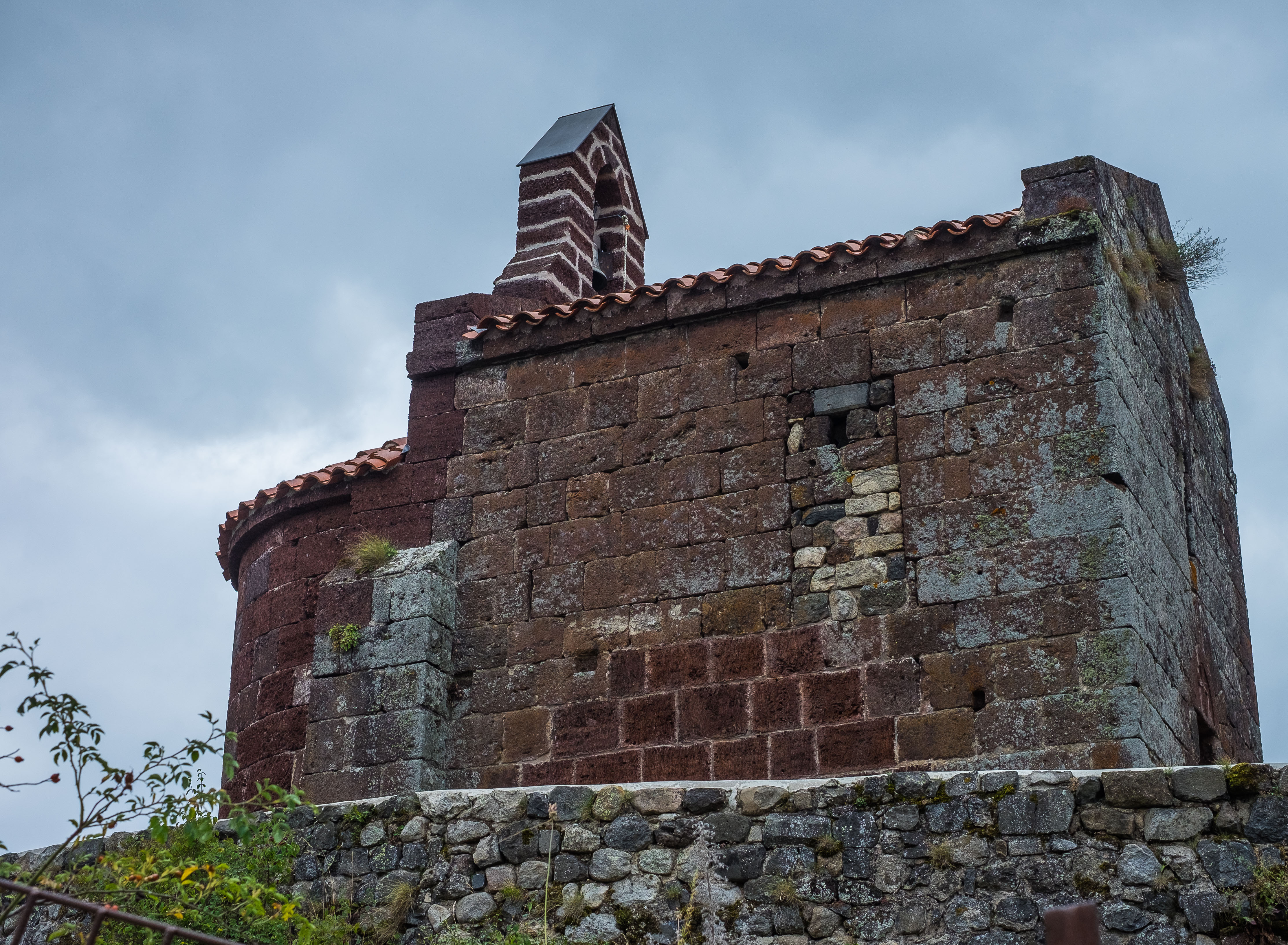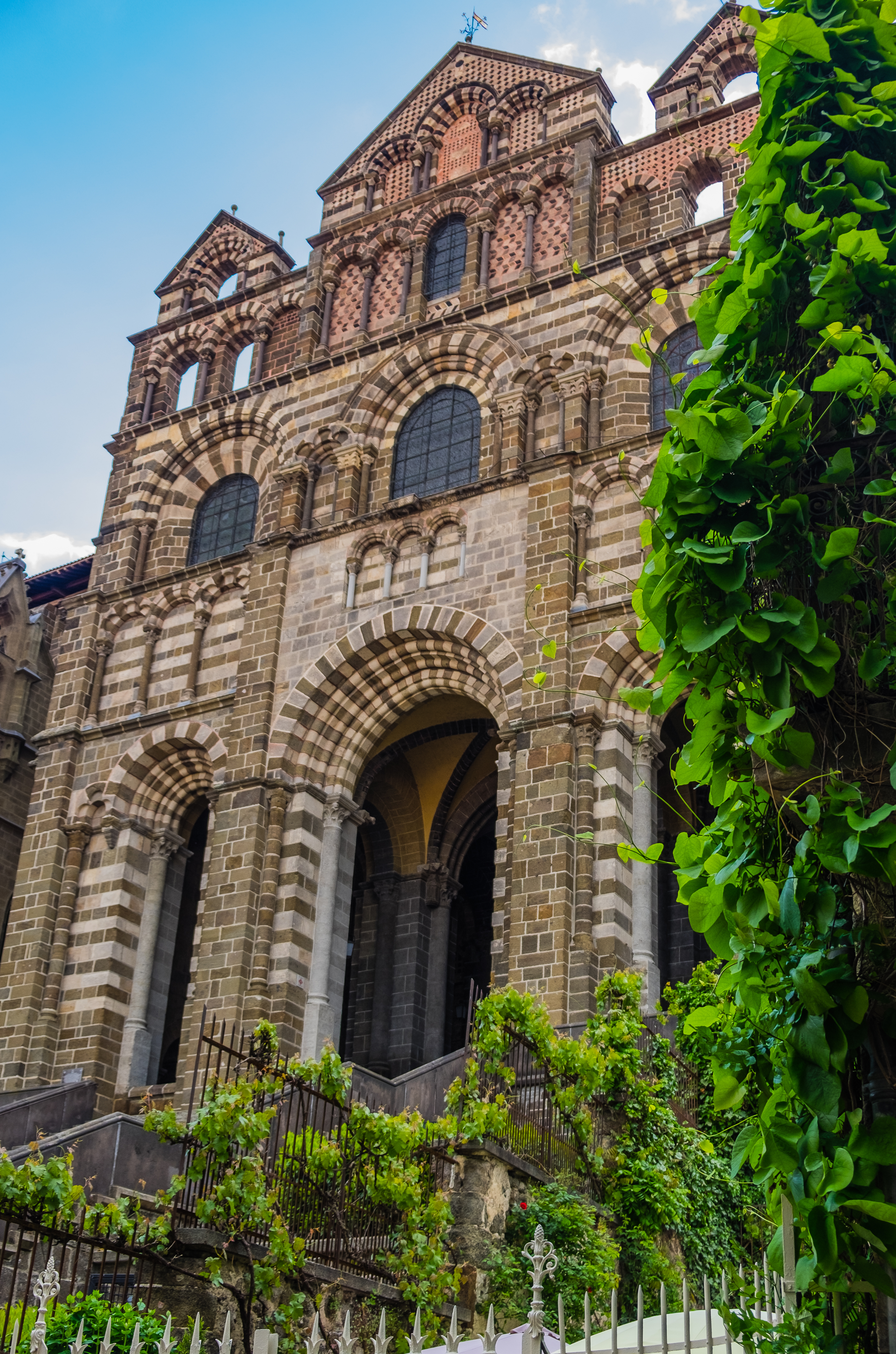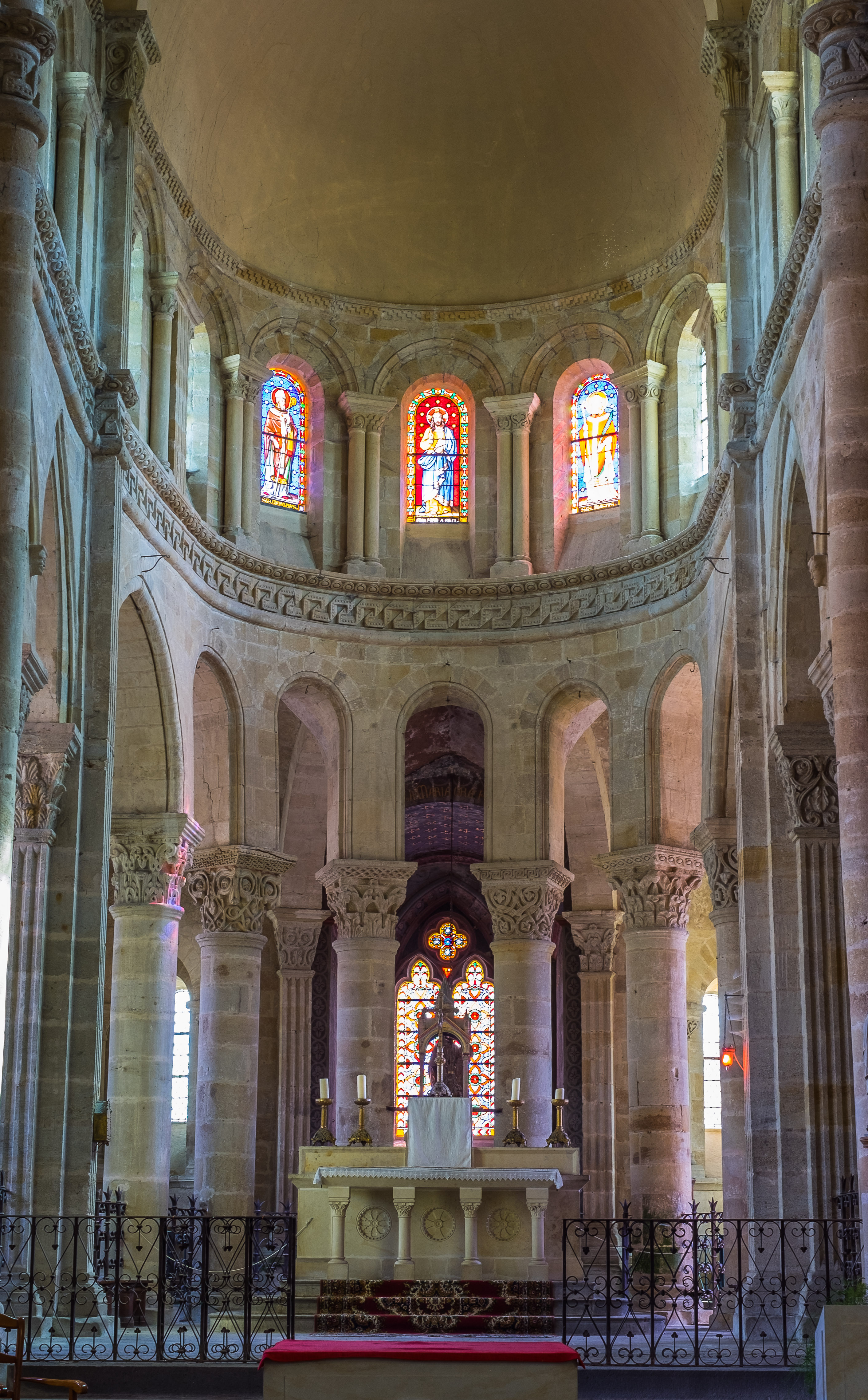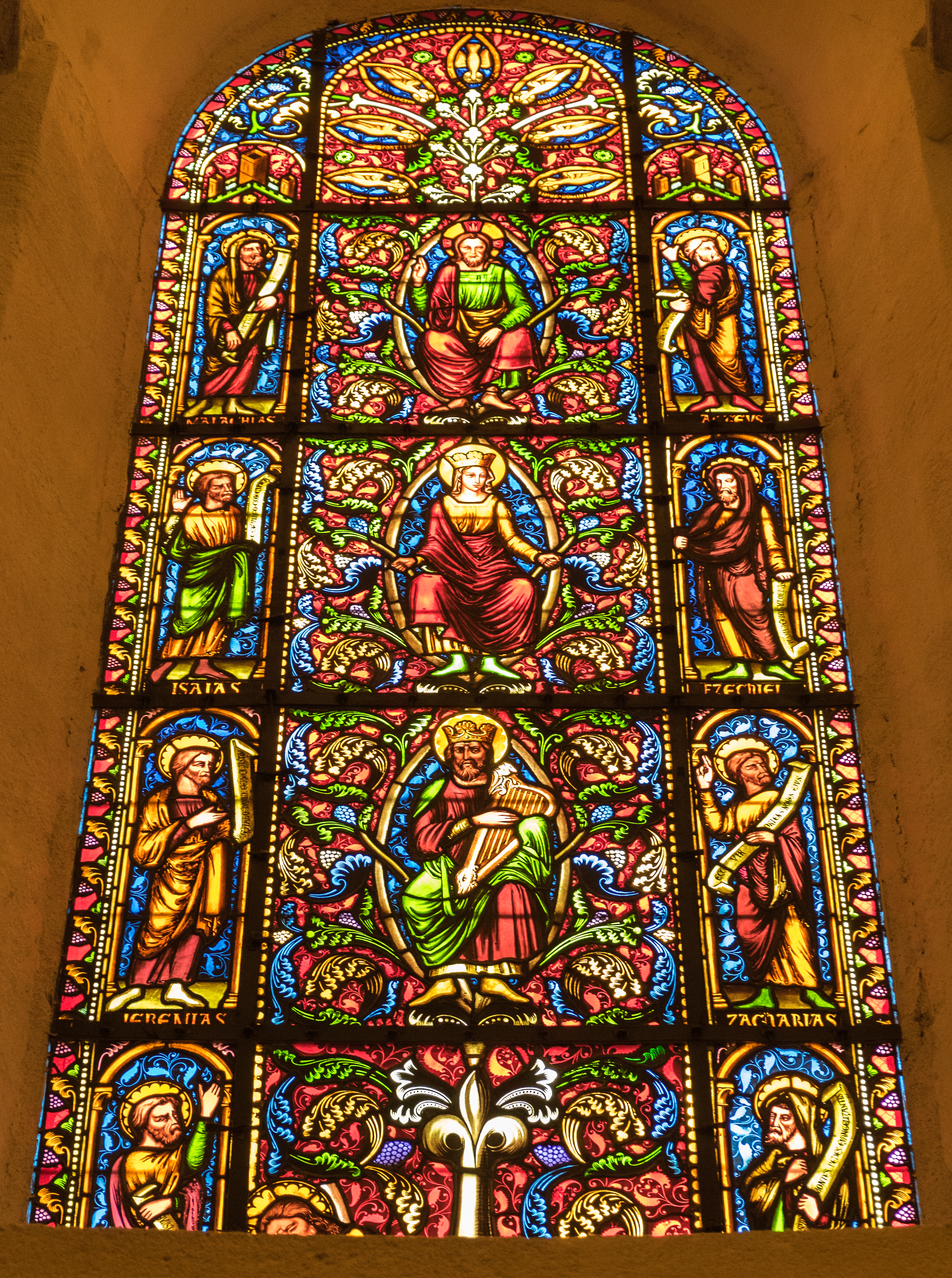Romanesque buildings pop up often in these blog posts because there are so many of them in the deep heart of France -- it’s hard to write about most of the small towns and historical centers of this region without mentioning “Romanesque” at least once!

There are big basilicas and cathedrals like those in Clermont-Ferrand, Issoire, St. Nectaire, Brioude and St. Saturnin. Some very beautiful examples of the architecture show up in small towns like St. Menoux and Salers.

There are even some ugly stubs of buildings and little country churches which are technically “Romanesque” even though they don’t conform to the aesthetic principles you might expect to see associated with the form.

But what exactly is “Romanesque” architecture? It’s easy to forget how bad things got during what we pejoratively call “the Dark Ages” in Europe, but it’s obvious when you tour the countryside. There are many fine Roman ruins scattered across France, Spain, Italy, Portugal, and England. These date mostly from the 2nd century B.C. up to the 5th century A.D.
Then, beginning sometime around 400 – 500 A.D., there’s an enormous gap in the historical record; once the Roman empire began to crumble in front of waves of Saxons, Franks, Goths, Visigoths, Ostrogoths, Huns, and Vandals…well, these largely nomadic peoples did not have the building technology that the Romans had spread across Europe. In some cases, people occupied the Roman structures until they fell completely into ruin; in others, they built their own halls and houses from wood and earthworks. Not surprisingly, almost nothing survives from this period.

After around 800 A.D., though, the nomadic invasions evolved into more and more settled communities, and builders began looking back to the Roman sites around them for ideas. Naturally enough, they began to copy some of the main building techniques and stylistic elements they saw in these ruins.

Naturally, too, as Christianity grew in strength and numbers across Europe, many new churches were built in this period. It’s not a coincidence that Charlemagne’s consolidation of power across much of Western Europe in the 700s and 800s was driven by evangelism and (when that didn’t work) forced conversion to Christianity; no coincidence, either, that this “Father of Europe” gets credit for a real renaissance of intellectual activity and artistic growth during this same period.
The oldest churches “built to last” in France come from this period. We’ve seen a few of these built by Charlemange himself (the grand Aachen cathedral in Germany, where he was buried in 814 A.D.) or one of his sons (the Abbey of Saint-Léger in Ébreuil in the Auvergne), and they introduce the main elements you see in the rich strains of Romanesque architecture that followed:

-
A floor plan based on the Latin Cross (1 longer axis intersected by a shorter one)
-
High rounded arches intended to pull your eyes up in the direction of heaven
-
Massively thick walls and stone piers to support the weight (but therefore no need for ‘flying buttresses’)

-
“Galleries” in the side walls of semi-circular arches like those you’d see in a Roman aqueduct or buildings like the Coliseum; these are usually laid out in rows with larger arches on bottom and smaller arches on top.
-
An effect of moving from darkness into light
-
Barrel vault ceilings





-
Painted walls throughout (though very few examples of these paintings remain)
-
A chevet with its radiating chapels. (The word “chevet” in French is also used to describe the head-end of a bed. In the context of religious architecture, it’s the part of the cross in a cross-shaped building where Christ’s head would have been positioned. In a Romanesque church, it’s the space behind the main altar, usually laid out in a series of chapels like flower petals around the head of the cross.)
-
Columns topped by carved capitals that tell a story – sometimes biblical, sometimes an earthier reminder of human failings

In a well-executed Romanesque design, the effect of all these elements can be breathtakingly beautiful. For me, it’s compounded by thinking about the challenges the builders had to face as they “rediscovered” ancient Roman building techniques by trial and error.
The style wasn’t reserved only for churches – you can also see castles and public buildings all over France that have the characteristic rounded arches – and it spanned at least a couple of centuries.

In a well-executed Romanesque design, the effect of all these elements can be breathtakingly beautiful. For me, it’s compounded by thinking about the challenges the builders had to face as they “rediscovered” ancient Roman building techniques by trial and error.
The style wasn’t reserved only for churches – you can also see castles and public buildings all over France that have the characteristic rounded arches – and it spanned at least a couple of centuries.
(Most of the main Romanesque buildings in the deep heart of France seem to have been built between the 900s and 1100 or 1200 A.D.). But as builders learned from each other and cross-pollinated their knowledge from site to site across Europe, the newer Gothic style with even higher arches and thinner walls began to dominate.
Do you have a favorite example of Romanesque architecture from your travels around Europe? Please tell us about it in the comments section below!
(all photos in this post © 2016 Richard Alexander)


